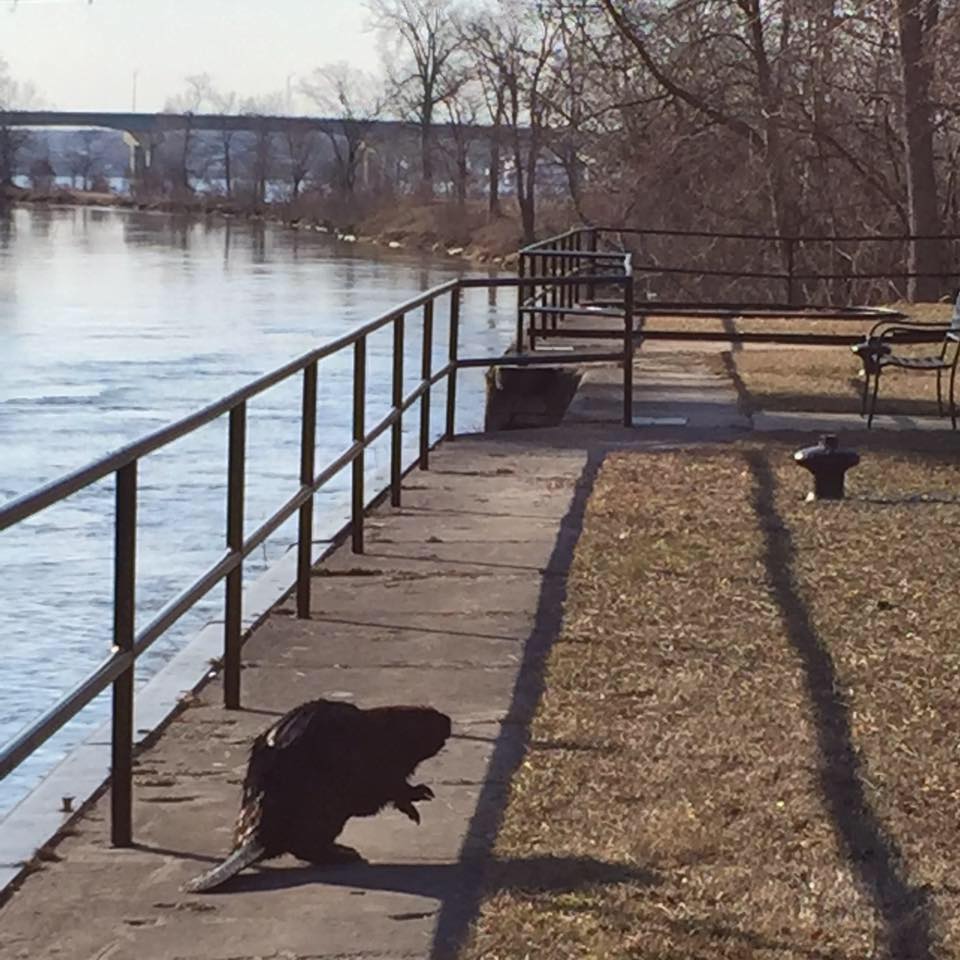Canada’s national symbol has been the subject of controversy lately in Grenville-sur-la-Rouge.
The municipality is mostly forested and has two major rivers – the Ottawa and Rouge flow through it – which means it is the perfect habitat for beavers. Residents, local leaders, and experts have differing opinions on how to manage the activities of the toothy, dam-building rodents.
Beavers are nature’s engineers. They can quickly turn a small brook into a system of dams and ponds. They are most active in spring, when water levels are higher on streams and the babies born the previous year have become adults who leave the colony into which they were born.
Candace Robinson is a wildlife biologist who lives in Grenville-sur-la-Rouge. She describes the beaver as a “keystone species” – which means their existence is necessary for ecosystems to exist and operate.
Robinson says trapping beavers is an inhumane and temporary solution.
“We need to take a reasonable, considered, and sustainable approach to this issue so that we can reduce the problems and reap the benefits of this relationship.”
Suggesting a sustainable approach and calling the human connection with beavers a relationship is an opinion which puts Robinson at odds with others in Grenville-sur-la-Rouge.
“It’s a very complex problem,” says Mayor Tom Arnold, explaining the Québec government holds municipalities legally responsible for any damages made by watercourses to public infrastructures such as roads and ditches.
Arnold said that fortunately, no beaver dams in Grenville-sur-la-Rouge have broken this spring to cause damage to municipal infrastructure. He acknowledges there are residents with differing opinions on how to manage busy beavers.
“There are beaver lovers and beaver haters,” the mayor notes.
Arnold says the municipality is developing a strategy to have residents take responsibility for beaver-inflicted damage which originates on their properties. He says it can cost the municipality up to $100,000 per year to manage existing dams.
Flooding from beaver dams has a major impact on property values. Arnold points out that once a property becomes a wetland, the value can go as low as zero, and then it becomes protected. This limits the owner’s ability to sell the land or build on it, and reduces the tax revenue received by the municipality.
John McCart is constantly watching to make sure beaver dams do not flood his fields, or ruin the crops on his farm in Grenville-sur-la-Rouge. He says beavers have not been an issue on his property this year, but have been in the past.
Not only is flooding from dams a concern, McCart says, but beavers will also take corn from the fields and use it alongside sticks as building material for dams. He says the past two generations of his family also had to contend with beavers on the farm.
McCart is the Argenteuil representative on the board of the Union des producteurs agricoles (UPA) – Québec’s largest farm organization. He says the UPA will pair farmers who are having difficulty with beavers or bears on their land with trappers and hunters, who will legally and responsibly assist them.
Unlike in the heyday of the fur trade, today’s trappers seldom become wealthy, but municipalities do use their services to help manage the effects beavers can have on infrastructure. However, the goal is not to eliminate beavers from the territory.
“It’s not a pest, and we do not eradicate,” says Alexis Châteauvert, a Grenville-sur-la-Rouge resident and trapper who assists the municipality whenever there are beaver issues.
Beaver management in the area is well-regulated Châteauvert says, pointing out the current price of a beaver pelt on the commercial market these days is only about $10 to $15, so there is little incentive for hunters and trappers to harvest the animals.
“It’s a market in decline,” Châteauvert observes.


